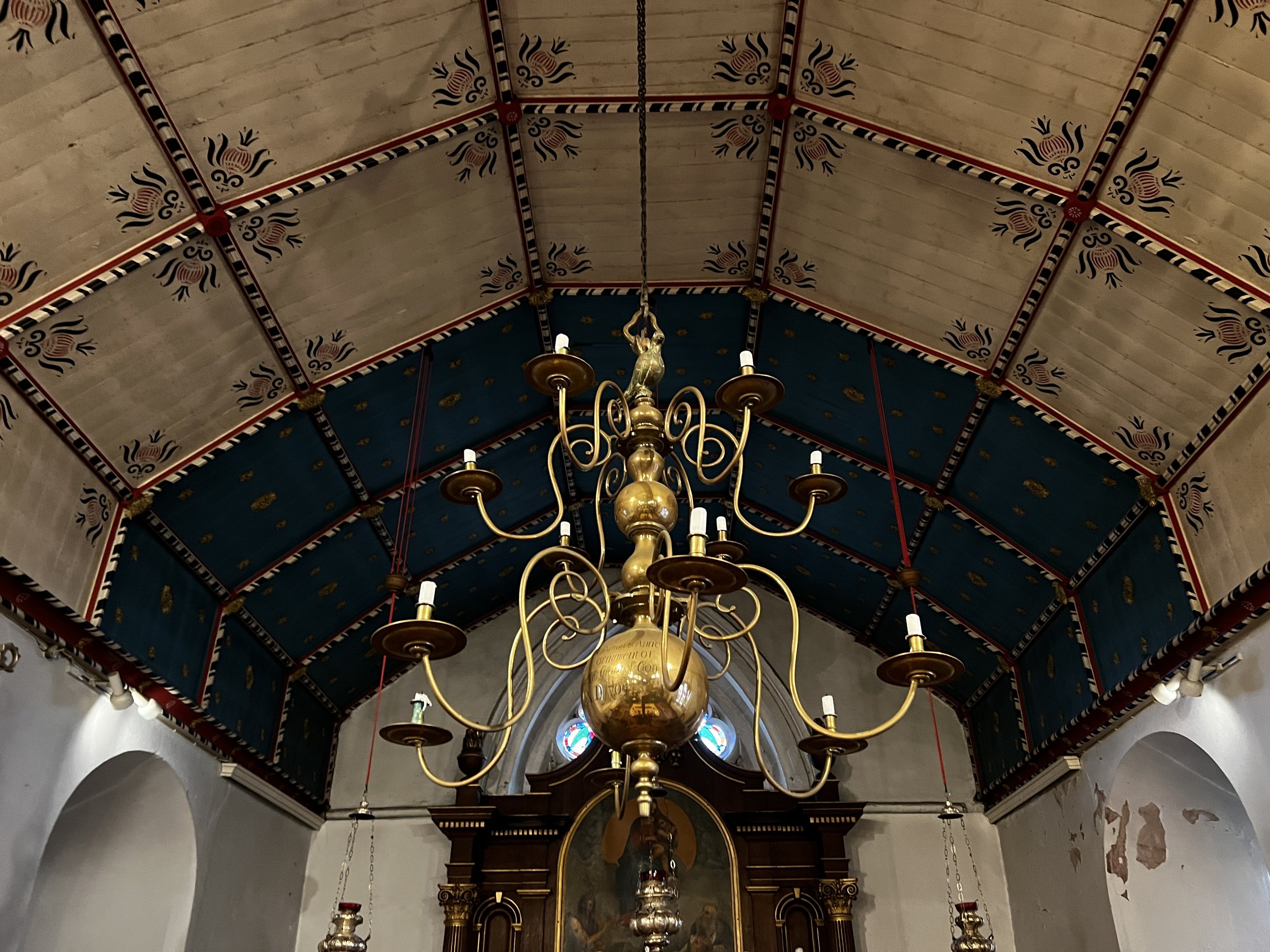
A church founded in the 12th Century
St Thomas the Martyr Church gives the name to the St Thomas Quarter of Oxford, near to Oxford Castle. It is nestled in a beautiful churchyard very close to Oxford train station, Said Business School and just behind The Jam Factory. The earliest part of the Church dates from 1190 and it is one of the most famous parishes in Oxford, especially given its close connection with the Oxford Movement. The church is named after St Thomas Becket, Archbishop of Canterbury. He was martyred in 1170.
A historical hidden gem
St Thomas the Martyr Church was founded in the twelfth century by the Augustinian canons of Osney Abbey: the oldest part is the Norman chancel, with three Norman windows. On the south side of the chancel is the priest’s door, dating from 1250, with its original iron work. The east window is 14th century. The nave and tower date from the mid-15th century.
A place of prayer and faith
St Thomas the Martyr was closely associated with the early days of the Oxford Movement. Some of its leading lights – Dr Pusey, Canon Liddon, Dr Neale, Fr Lowder and Edward King – preached here. It was the first parish church to revive daily services since the time of Queen Anne, and the wearing of Eucharistic vestments was resumed on Whitsunday 1854 by Canon Chamberlain, who was vicar for 50 years.
Dedicated to a holy Christian martyr
St Thomas Becket (St Thomas of Canterbury) was murdered by King Henry II’s troops on 29 December 1170 in Canterbury Cathedral while at prayer. Canonised within two years of his death, a cult following his legacy of faith and asceticism burgeoned and it is for this reason that this Church is under his patronage.
A haven of peace and renewal
Despite its central location - just 1 minute’s walk from Oxford Railway Station - the Church and churchyard offer a peaceful sanctuary with wildlife and nature. Everyone is welcome to walk through and enjoy the surroundings and when the Church is open, everyone is welcome to come in and sit, pray, be quiet or to walk around and be filled with God’s restorative presence.
